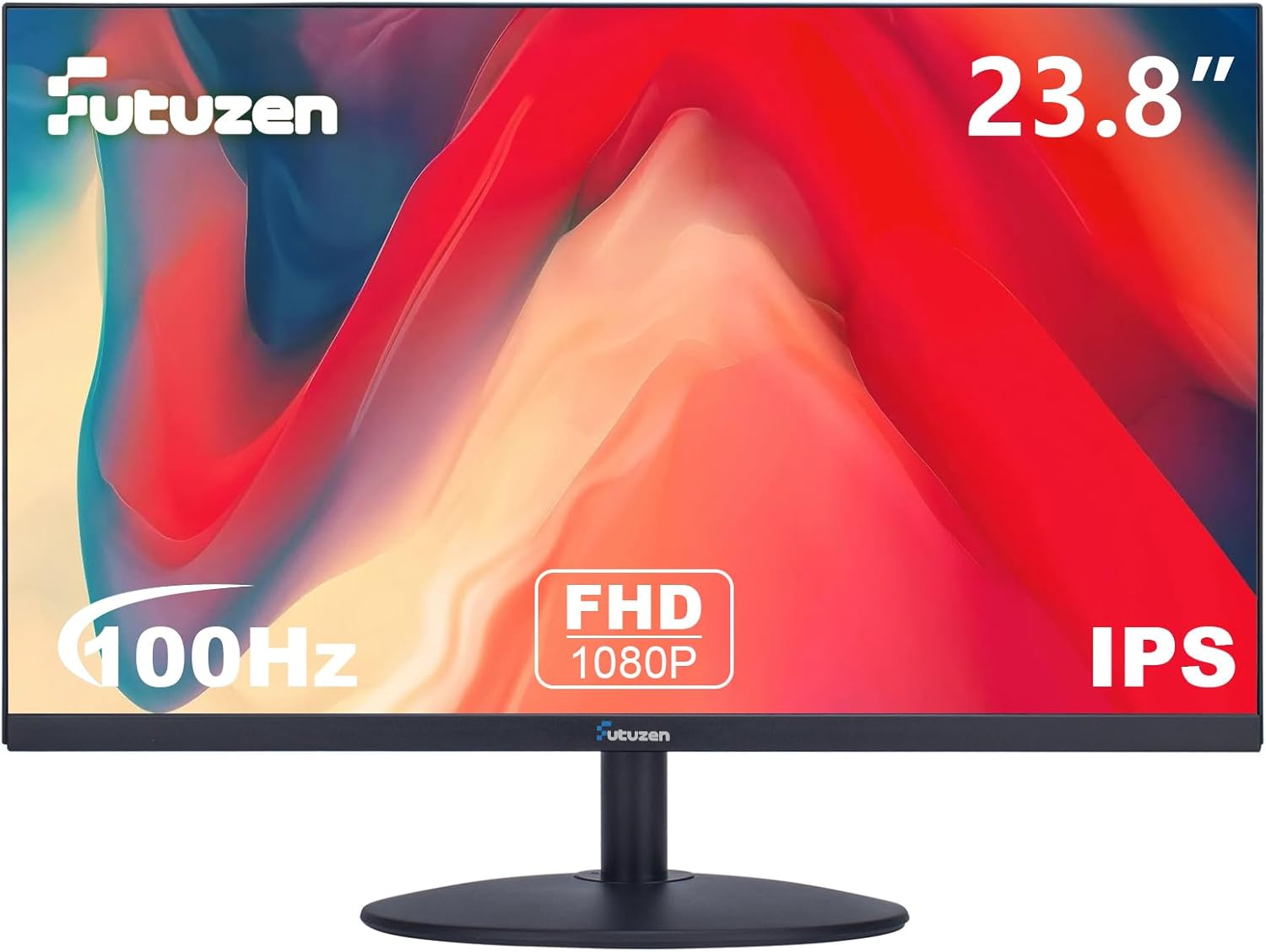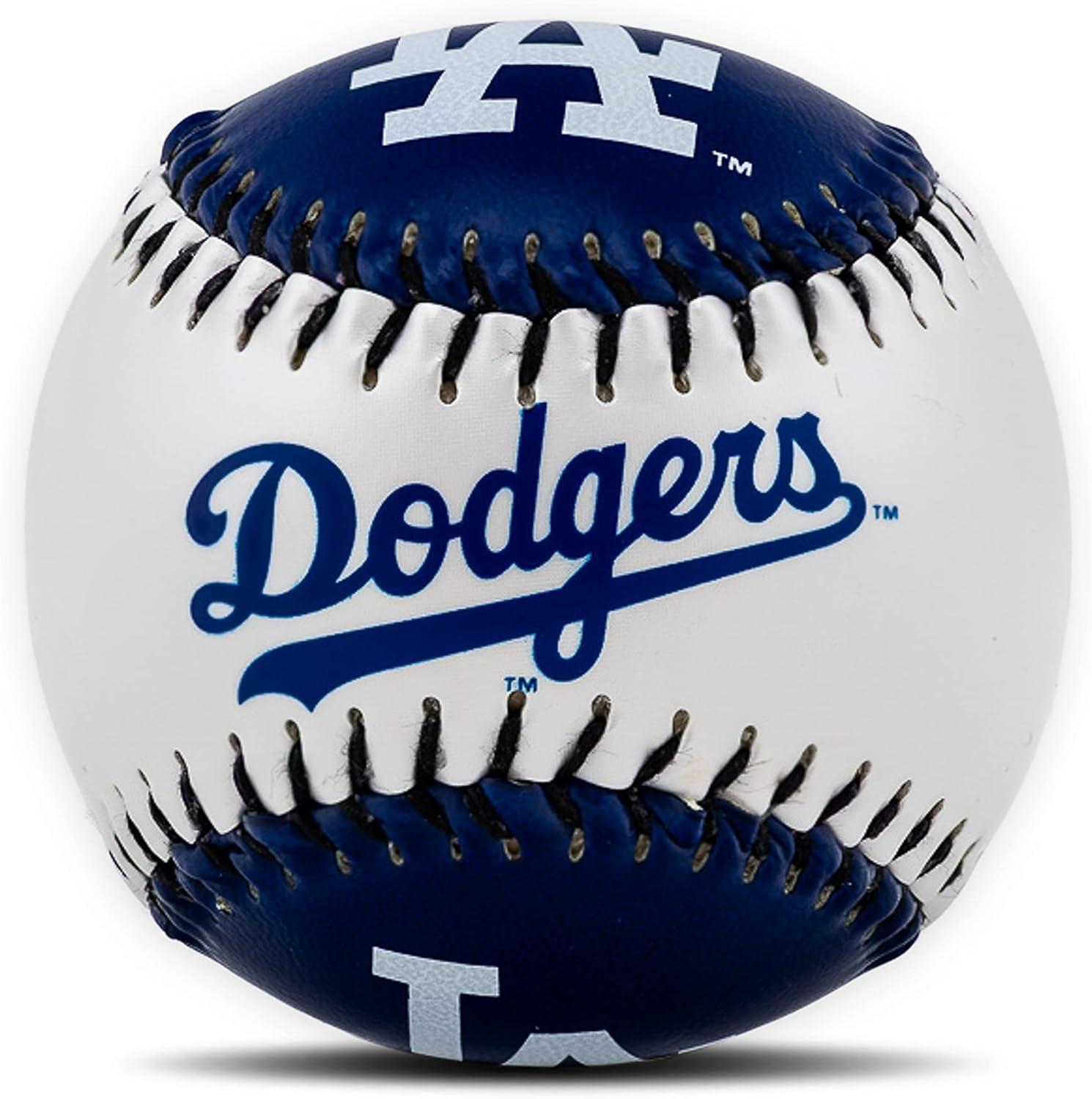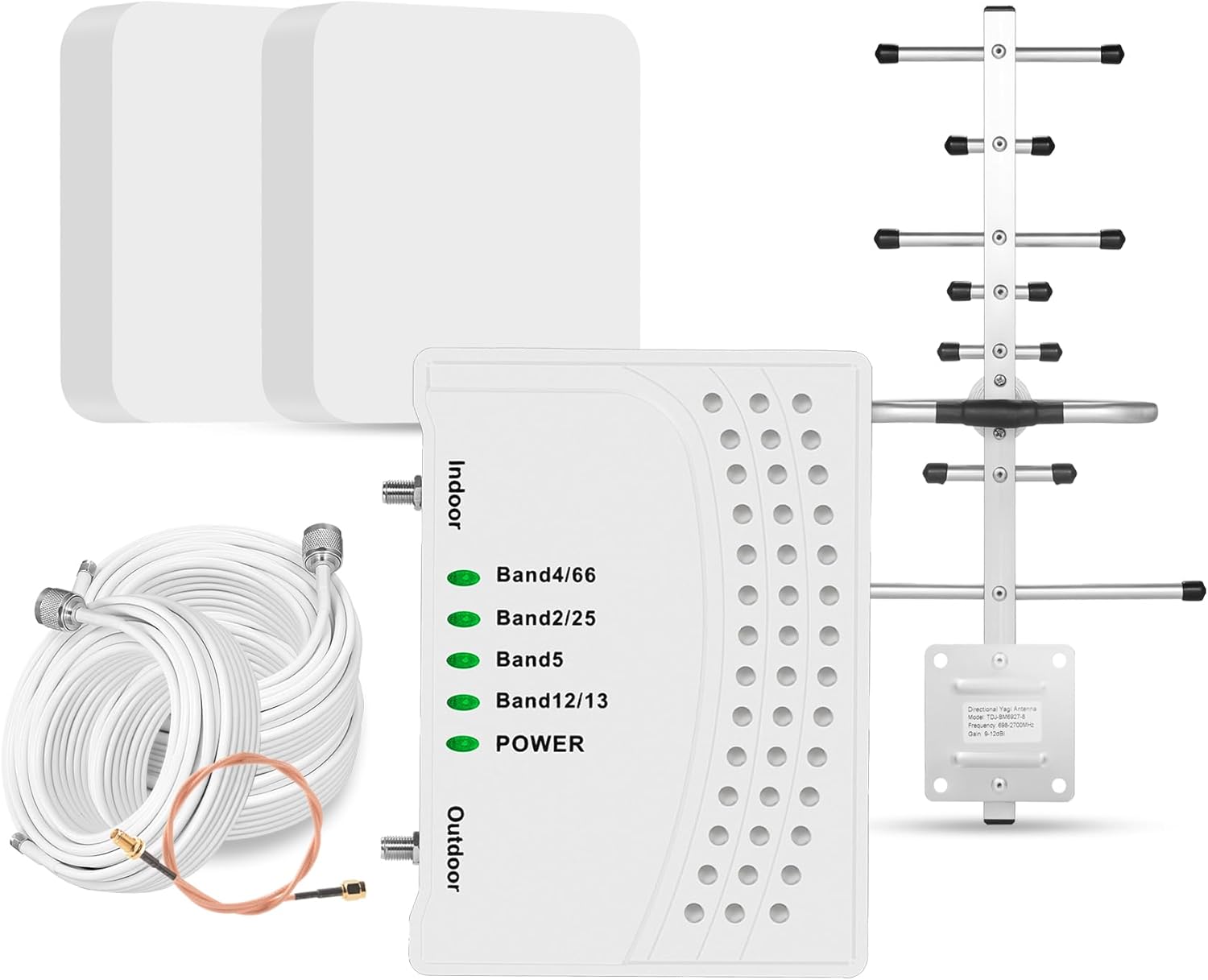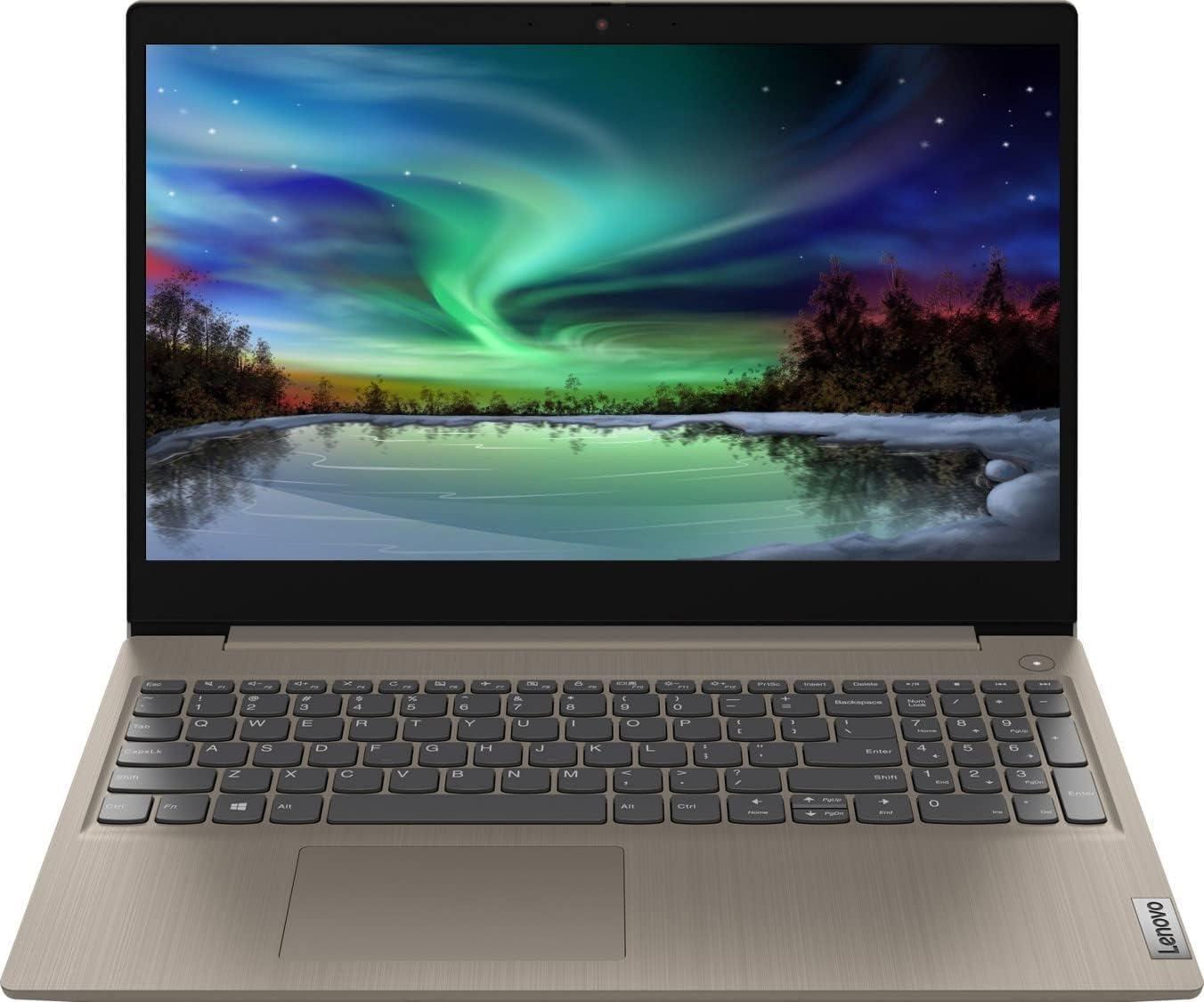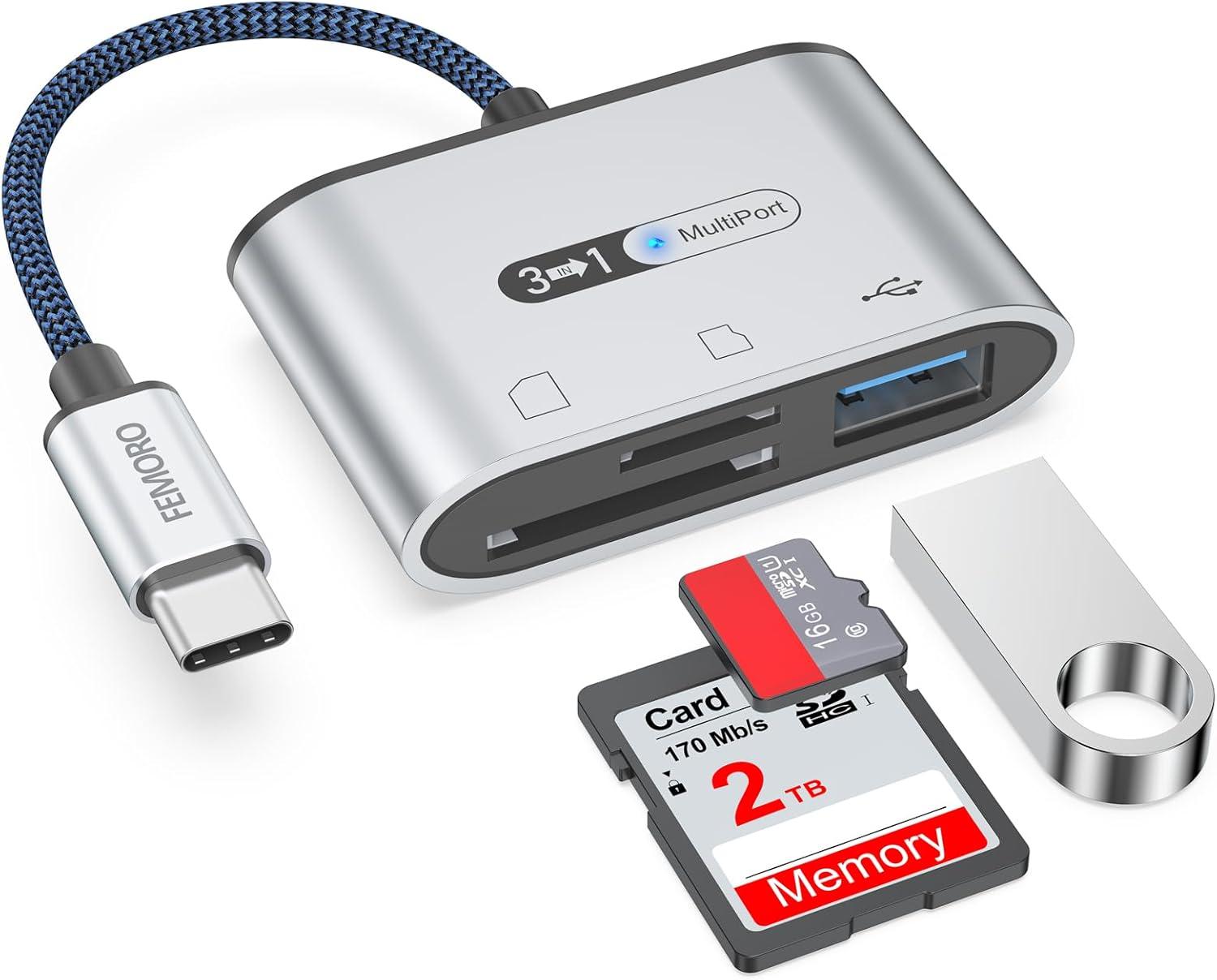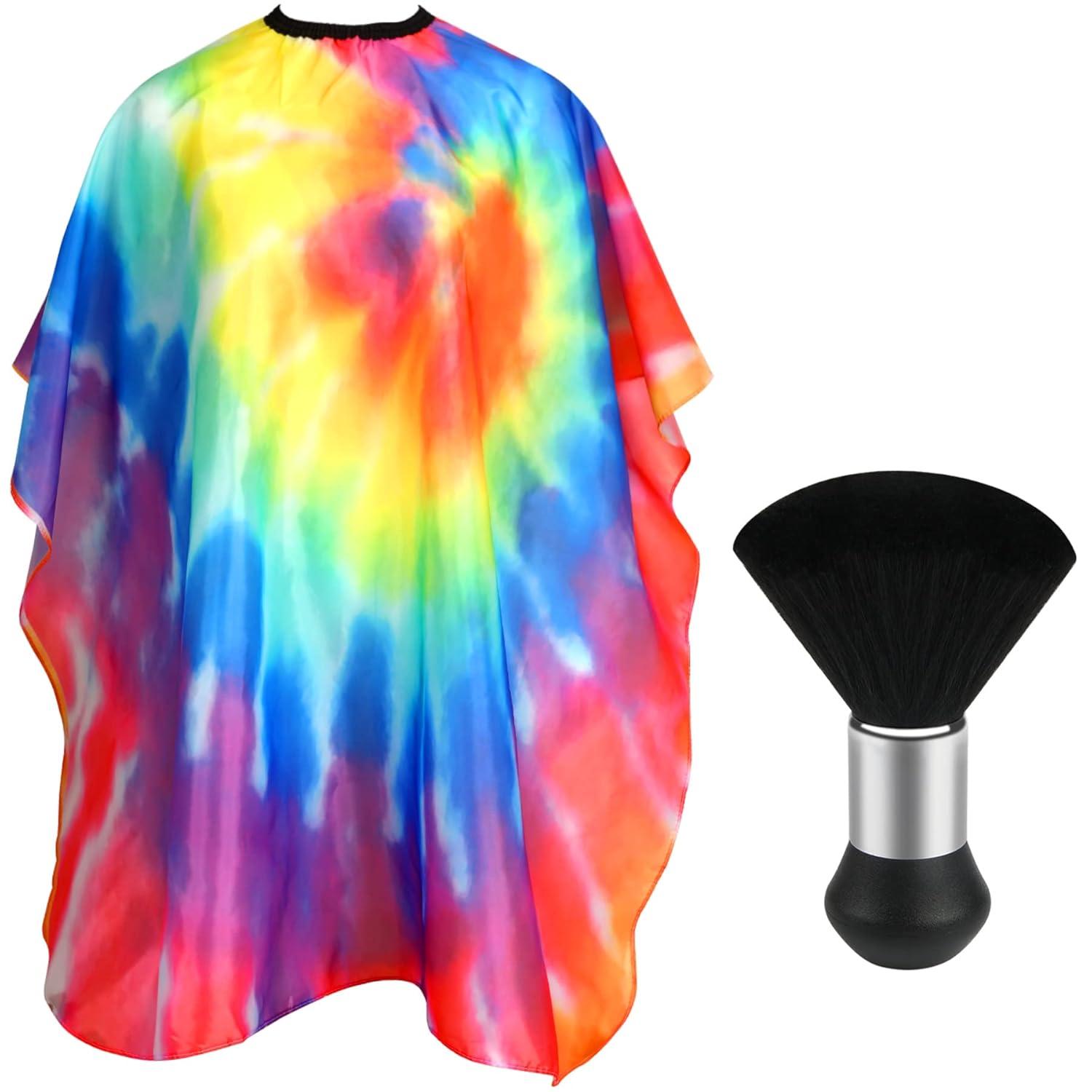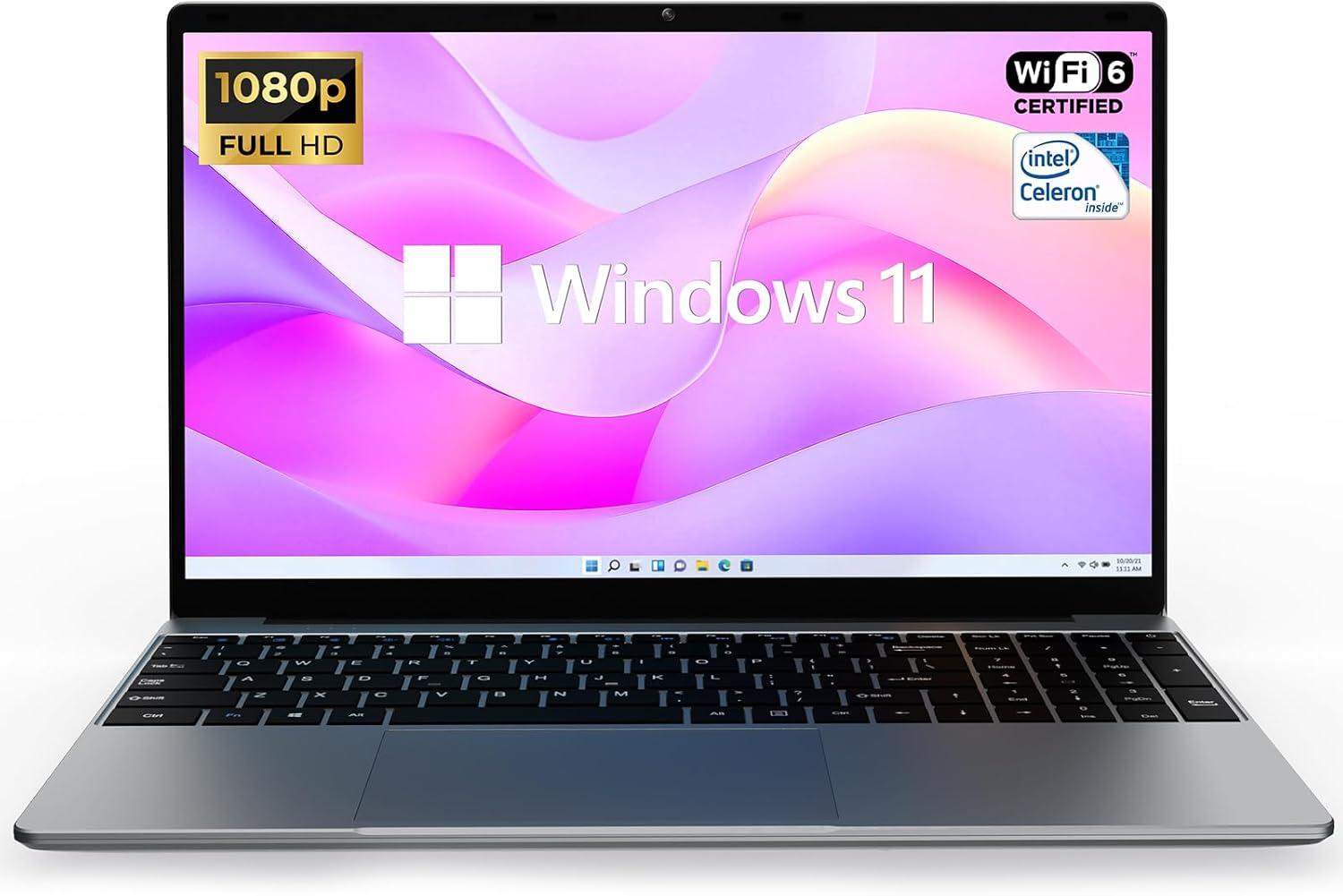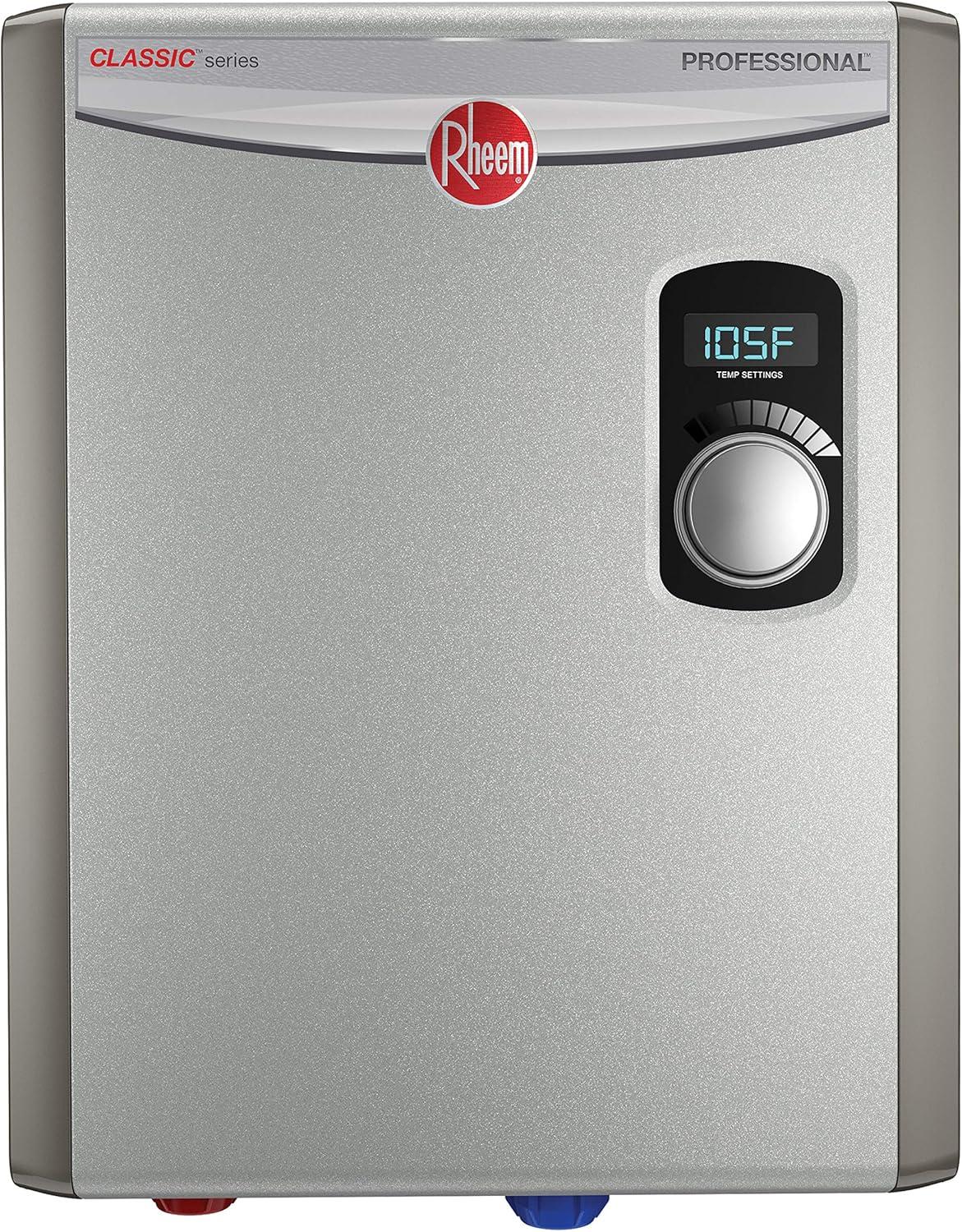







Price: $105.99 - $95.99
(as of Apr 06, 2025 06:47:17 UTC - Details)
What’s the Best Refresh Rate for Gaming? A Comprehensive Guide
Introduction
When it comes to gaming, one of the most critical factors that can significantly enhance your experience is the refresh rate of your monitor. If you’ve ever wondered, "What’s the best refresh rate for gaming?" you’re not alone. In today’s fast-paced gaming environment, having the right refresh rate can be the difference between a smooth, immersive experience and frustrating lag.
This article delves into everything you need to know about refresh rates, including how they impact gameplay, what refresh rates are available, and how to choose the right one for your needs. By the end, you’ll have a solid understanding of why refresh rate matters and how to optimize your gaming setup.
Understanding Refresh Rate
What is Refresh Rate?
The refresh rate, measured in hertz (Hz), refers to the number of times your monitor updates the image per second. For example, a 60Hz monitor refreshes the image 60 times every second. This might sound straightforward, but as we dive deeper, you'll see how crucial it is for your gaming performance.
Why Refresh Rate Matters for Gaming
A higher refresh rate means smoother motion on your screen, which is especially important in fast-paced games where every millisecond counts. If you’re playing competitive shooters or high-speed racing games, a monitor with a higher refresh rate can provide a significant advantage.
Common Refresh Rates for Gaming
60Hz Monitors
Most standard monitors operate at 60Hz. While this is sufficient for casual gaming and general use, it falls short for serious gamers. If you’re playing less demanding games or older titles, a 60Hz monitor might be sufficient. However, it won’t offer the smoothness that advanced gamers crave.
120Hz Monitors
Next up is the 120Hz refresh rate. This option is becoming increasingly popular among gamers. It offers a noticeable improvement over 60Hz, making fast movements appear smoother and more fluid. If you’re into competitive gaming, a 120Hz monitor can give you an edge, allowing you to react faster to on-screen action.
144Hz Monitors
The 144Hz refresh rate is often considered the gold standard for gamers. It delivers incredibly smooth visuals and significantly reduces motion blur, making it ideal for first-person shooters and other fast-paced genres. Many high-end gaming monitors come with this refresh rate, and it’s worth considering if you’re serious about your gaming.
240Hz and Beyond
For the ultra-competitive gamer, 240Hz monitors are available, offering even greater smoothness and responsiveness. These monitors are typically used by professional gamers and can provide a slight advantage in competitive play. However, they also come with a higher price tag and may require a powerful graphics card to take full advantage of their capabilities.
Choosing the Right Refresh Rate for Your Gaming Style
Casual Gamers
If you’re a casual gamer who enjoys single-player games or slower-paced titles, a 60Hz monitor may be just fine. It won’t break the bank, and you’ll still get a decent gaming experience. However, if you find yourself playing more competitive games, consider upgrading to at least 120Hz.
Competitive Gamers
For those who take gaming seriously, investing in a 144Hz or even 240Hz monitor can be a game-changer. These monitors minimize input lag and provide a smoother experience, allowing you to react faster and perform better. Pairing a high refresh rate monitor with a powerful graphics card will maximize your gaming experience.
Budget Considerations
Your budget will play a significant role in your choice of refresh rate. While higher refresh rate monitors offer superior performance, they can be pricey. Fortunately, there are excellent options available at various price points. Be sure to consider what you can afford while still meeting your gaming needs.
The Role of Graphics Cards
Matching Refresh Rate with Graphics Performance
Your graphics card plays a crucial role in achieving high refresh rates. If your graphics card can’t keep up with the refresh rate of your monitor, you won’t see the full benefits. It’s essential to have a powerful enough graphics card to ensure that your games run smoothly at your desired refresh rate.
V-Sync and G-Sync
To further enhance your gaming experience, you might want to explore technologies like V-Sync and G-Sync. V-Sync helps eliminate screen tearing by syncing the frame rate of the game with the refresh rate of the monitor. Meanwhile, G-Sync (and FreeSync for AMD cards) helps to reduce stuttering and provides a smoother experience in variable frame rate scenarios.
Conclusion
In the world of gaming, the question "What’s the best refresh rate for gaming?" doesn’t have a one-size-fits-all answer. It depends on your gaming style, the types of games you play, and your budget. However, aiming for at least a 120Hz monitor is a great starting point for most gamers, with 144Hz being the sweet spot for many enthusiasts.
As you consider your options, remember to match your refresh rate with a capable graphics card to ensure the best performance. With the right setup, you’ll be well on your way to an enhanced gaming experience, ready to take on any challenge that comes your way.
So, whether you’re a casual gamer or a competitive pro, understanding refresh rates can lead you to a more enjoyable and successful gaming journey.
Vibrant visuals: Enjoy consistent color and clarity with 99% sRGB color coverage and 2025:1 contrast ratio, while a 100Hz refresh rate delivers more seamless scrolling and smoother motion, giving you a better gaming or office experience.
Incredible contrast: The IPS panel produces brighter whites and deeper blacks. You get true-to-life images and more gradients with 16.7 million colors.
Ulter slim design: The 23.8" pc monitor feature three-sided slim bezels and a compact footprint, 178°wide viewing angle and ultrathin framless design maximizes the display area and enhances the overall viewing experience.
Easy wall-mounting operation: The wall mount pattern gives you the freedom to select the optimum viewing position for your monitor, eliminate cable clutter, and save valuable space for your gaming and work station.
VGA & HDMI Ports: One HDMI and one VGA port provide up to 100Hz refresh rate, refining picture clarity in all action-packed gaming sequences and graphic design projects.
